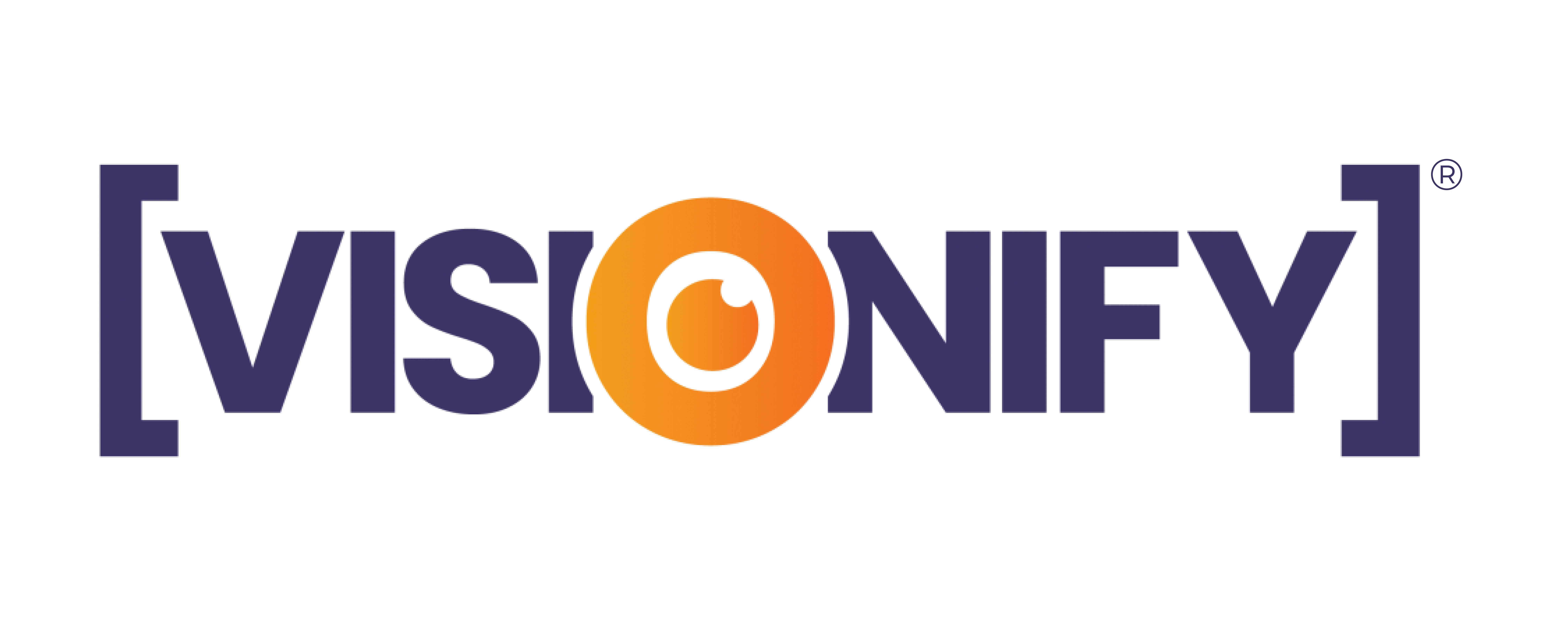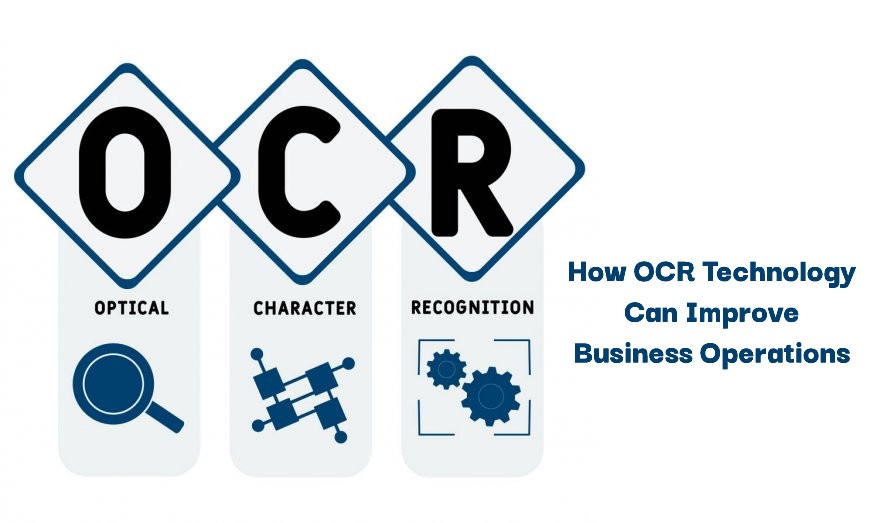
The continued implementation of various modern business frameworks has had an important repercussion that requires several tasks. That was traditionally dependent on human intervention to be fully automated into systems that are not only capable of task persistence autonomously but are also able to be initiated independently of any direct human control.
Business processes must be carried out with maximum efficiency in-order to yield better financial results. Several companies have found OCR Software to be the best solution for the implementation of new business trends. This blog is an overview of Optical Character Recognition. It explains what optical character recognition is, how it works, and why it is useful for modern business frameworks.
Tech SciResearch Report says, The global image recognition market was valued at USD27.764 billion in 2020 and is projected to reach USD73.344 billion by 2026.
What is Optical Character Recognition
Optical Character Recognition (OCR) technology is one of the most popular forms of Automatic Data Capture (ADC). As the name implies, OCR software electronically scans a document and recognizes characters recorded in a given font. This information is then stored in a database for company records or website analytics. OCR describes the automation of the process of turning images into text and a core component of a wide range of applications, from document management to big data analytics and search engine indexing.
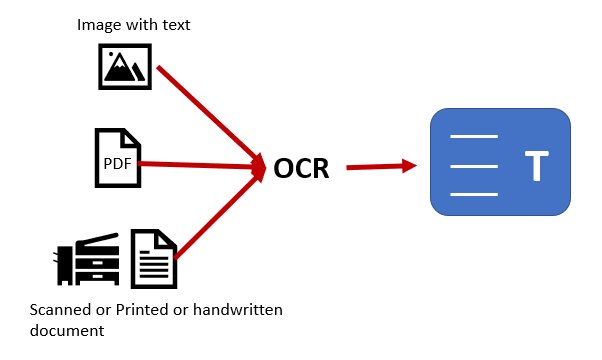
Source: Towards Data Science
Optical Character Recognition Working procedure
Optical character recognition aims to automate the conversion of images of written text into machine-encoded text. Most solutions to this problem require a training phase. A training phase begins with a human operator using a camera to photograph several documents, which are then converted by an employee into either source format or target format. The images from the documents must be cropped so that they each contain only a single line of text and the line must be straight without any skew.
OCR also converts scanned images into machine-readable data by breaking the scanned data into blocks of text. The most common use of OCR software is to convert a printed document into a digital file. It requires minimal user training and minimal manual intervention
What role will OCR play in your company?
Optical Character Recognition software has revolutionized the world of business since its introduction. Before OCR, computers were slow and relied on people to enter information. A majority of businesses required their customers to talk to a person, who typed all data by hand. OCR has optimized this process by allowing people to scan a document and have a computer enter the information for them. This not only speeds up business operations but also minimizes human error in entering figures.
Optical Character Recognition for Food Industry
Optical Character Recognition solutions are now helping companies in the food industry optimize their processes, optimize their production lines to upgrade their industry standards. It is because of this OCR software that companies are now able to access previously unreadable documents and read them digitally for instant access. This does not only reduce manual labor but also ensures a more accurate process where details can be accessed by employees on a digital platform.
OCR helps food producers not only to ensure compliance with all regulations and consumer safety standards but also to increase revenue and productivity. Optical character recognition software and barcode scanners achieve the same goals and decrease costs for the company and its customers.
Increasingly, Food companies across the globe are applying OCR technology to automate and streamline their manufacturing processes. By recognizing drawings and blueprints within the context of a digital image, Optical Character Recognition software allows machines to extract the information they need to complete a task automatically.
For Instance, the Wine glass app, allows users to take a picture of wine in a restaurant and post it to the app. It will scan the image and provide an interactive wine menu at the moment, using computer and OCR image processing algorithms to digitize their menus in seconds. This depicts consumers having a wine expert in their pockets. Reports and data says the global natural language processing (NLP) in healthcare and life sciences is forecast to reach USD 4,799.6 Million by 2028.
Optical Character Recognition for Health Care
The biggest problem facing health care systems today is a lack of access to medical records. Even in this digital age, many patients still come to the doctor’s office with incomplete medical records, or worse, no records at all. Health care providers have been tasked with having the best patient history possible, but instead, they have been let down by inadequate technology and poorly configured software solutions. Optical Character Recognition (OCR) is playing a role in changing that.
It is transforming how health care providers deliver care. It’s treating the handwriting on prescriptions, which used to be illegible, instead of forcing physicians to type orders or spend precious time searching for handwritten pages. It eliminates the hassle of filing claims, by instantly converting faxes, paper printouts, images, and voice recordings into digital files that are instantly searchable. And it enables better care coordination across providers by giving them access to documents that were previously unavailable due to previous steps in the workflow being manual rather than electronic.
For Instance, ABBYY has extensive experience developing handheld recognition solutions for the healthcare industry. Their software products for this industry are intended to help medical professionals read critical patient information on paper documents, thereby increasing speed and improving the quality of patient care.
Optical Character Recognition for Banking
OCR technology is helping banking and financial services companies to process cheque images of paper-based instruments into digital data quickly. Banks are increasingly investing in OCR technology to address the large volume of image-based documents stored on their records management systems (RMS).
For Instance, cash counting in banks cannot be done manually, you need optical Character Recognition software. This software scans images on the receipt and converts them into numbers. These numbers are further processed based on your accounting policy to generate details of deposits and withdrawals. Ensures checks and other documents are processed correctly before providing funds to customers.
Parking Validation
Optical Character Recognition parking validation is capable of distinguishing between the number plate of your car and other vehicles on either side of it. This important feature is built right into the software, meaning that you can detect passes over your designated parking spaces with even greater accuracy. And while this may be seen as being more relevant to parking lots where drivers are more likely to be driving in and out of their spots, there’s more to this feature than just that.
For instance, advanced Optical Character Recognition technology enables Police and Councils to automatically validate vehicle parking infringements. The system can read almost any license plate, including those that are dirty or damaged. Instantly it identifies the vehicle owner and registration number.
Finest OCR Software for your Business
Google Document AI
If a picture is a thousand words then a document is a million. Document AI automates the discovery and extraction of insights from official documents. It uses machine learning which can be trained on your specific use case. It’s a documents analysis interface that employs ML to identify, extract, and enrich data from documents, as well as unlock insights. All you need to do is feed DocAI your document collection and it will save you hours of mundane overhead tasks by automatically updating your documents with the newly extracted insights.
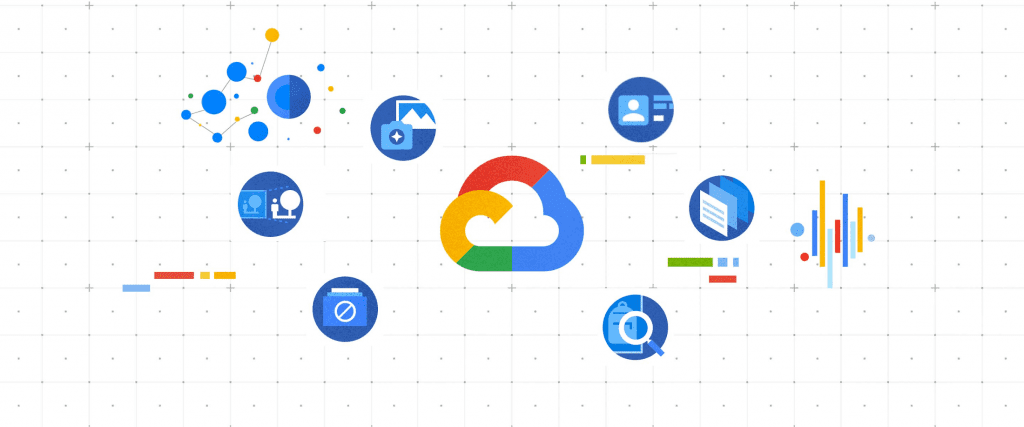
Source: Google
IBM Datacap
DataCap OCR solution is a web-based application that can be accessed directly from a browser, with no software installations. In basic terms, it uses optical character recognition technology to convert documents into text files or Word documents. This means you only have to store those highly sought-after artifacts as files, rather than paper copies. Datacap has a strong OCR engine that can process large data sets at a high speed. A lot of the image-to-text conversion is done in the cloud. As such, training an OCR engine to read specific fields correctly takes time and effort.
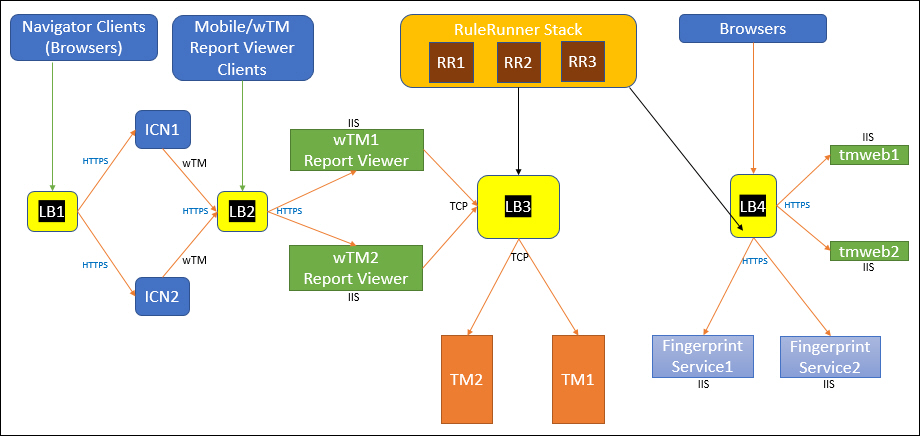
Source: IBM
Conclusion
Optical Character Recognition is important to modern business. Companies that can automate some of their processes, free up valuable time and resources which can be utilized elsewhere. This provides an experience for clients which will not only help their company grow but also provide them with the quality that they deserve.
Visionify is the best document parsing solutions provider for large, and structured documents. It supports easy and efficient document processing and can be used in a variety of use cases. If you are a business owner and responsible for data processing, you understand the importance of time. Time is money. Learn more about Visionify’s document parsing. Contact us to get a demo.
